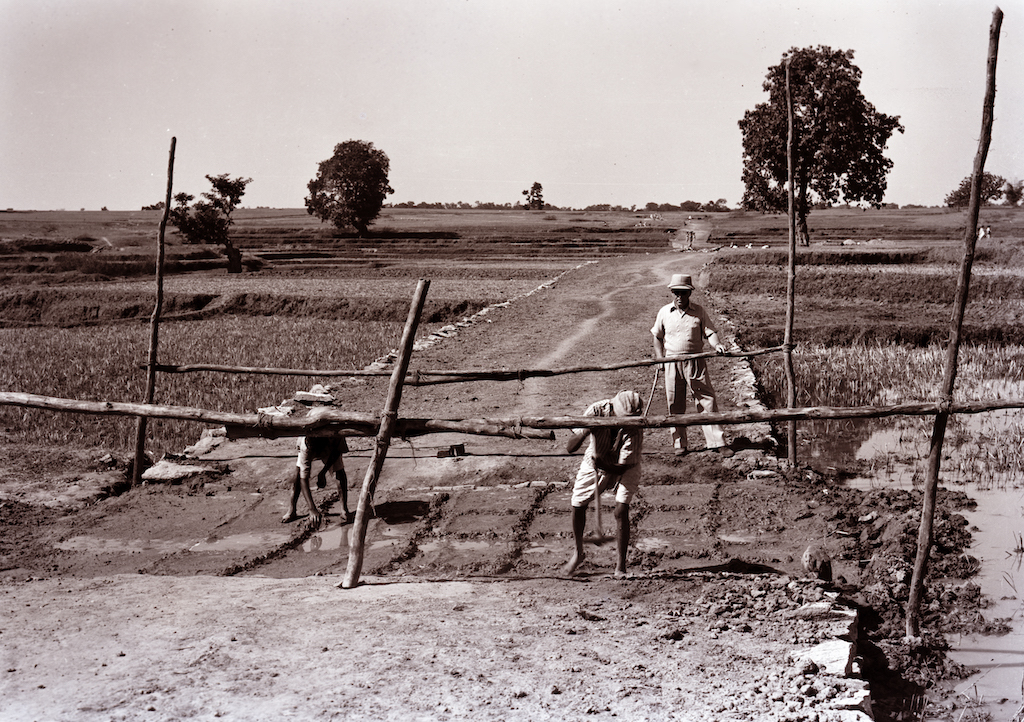
Census of 1921 showing regional disparities in the numbers of mentally ill within the Indian sub-continent. Image shown under a Creative Commons License.
The past, what we have done or not done, slips and flows, like a stream to a carved-out channel, into the things we do years after. It is never safe, or wise, to say that anything is over.
Guy Gavriel Kay, in The Last Light of the Sun.
In any articulation of the state of affairs, it is always wise to keep in mind what it is that has gone before. In India, the engagement of psychiatry as a medical speciality with society has been, until 1947, largely through the mental hospitals, which, at the time of Independence, were about twenty in number for a country the size of India.
The way mental hospitals have been perceived in the West in the last half century has been largely negative; they have come to be seen as "snake-pits of squalor and brutality", which has led to their being closed down in large numbers in the process of what is called 'de-institutionalisation'. So the United States, which at one point had hundreds of mental hospitals, has systematically closed down the majority, with the goals of community care in mind.
The fact remains that the mental hospitals had indeed become places where gross violations of human rights occurred. However, whether the closing down of the institutions has helped ensure better support to and care of people with mental illness, is currently being debated all over the world. The increased number of people with severe mental illness, destitute and homeless on the streets and incarcerated in prisons across America is a stark reminder of the fact that good intention may often be attended to by unintended consequence.
The present work is intended to chronicle the history of the Indian Mental Hospital. What started as an exploration of history has turned into the learning of the fascinating stories of what went on behind the high walls of the asylums, and an examination of the ways in which society understood madness.
ENTER

Census of 1921 showing regional disparities in the numbers of mentally ill within the Indian sub-continent. Image shown under a Creative Commons License.

The history of the mental hospital in Delhi is a fascinating story. Set up in colonial times, the asylum in Delhi seems to reflect the tumultuous and chaotic history of the city itself. It was perhaps established in the early 19th century, and functions till 1857, when it is ransacked in the Mutiny. It was subsequently merged with the asylum at Lahore in 1861, set up again, and incredibly, closed again at the turn of the century. Subject to the whims of administrators and policy makers, the asylum then ceases to exist till the 1960s when a new avatar appears. In its non continuity is the story of the neglect of mental illness.
1857
The hospital is ransacked during the 'Mutiny'.
1860
The Civil Surgeon writes to the Secretary of the Punjab Govt. At Lahore suggesting an amalgamation of Lahore and Delhi Asylums.
1861
The hospital is merged with the Lahore Lunatic Asylum, which had by then been shifted from its location in Anarkali Bazaar to a suburb of Lahore called Lehna Singh ki Chhawni. 61 inmates of the Delhi Asylum are shifted to Lahore, eliciting heartrending leave-takings from family members, as recorded by Dr Penny, the Civil Surgeon of Delhi.
1867
The Delhi Asylum is re-opened, and continues to function until the turn of the century. During this time, there is much debate about the need for opening other, smaller asylums, but opinion veers towards favouring a large, central asylum.
1900
103 male and 35 female patients are again transferred to the newly opened Lahore Lunatic Asylum, and the Delhi Asylum is formally closed.
1949
450 non-Muslim inmates of the Lahore Mental Hospital are shifted to the new Amritsar Hospital in an event strongly reminiscent of Saadat Hasan Manto's 'Toba Tek Singh'. The shifting of 282 Muslim patients from various hospitals in India to the Lahore hospital parallels this move.
1966
The Hospital for Mental Diseases at Shahdara is opened in Delhi.
1993
The Hospital is renamed the Institute of Human Behaviour and Allied Sciences in 1993, and becomes an autonomous institute.

In 1931, Major CJ Lodge Patch, as the Superintendent of the Lahore Mental Hospital, brought about many changes in living conditions of the inmates and also produced an excellent monograph titled "A Critical review of the Punjab Mental Hospitals 1840-1930", which detailed both the histories and conditions of hospitals across the Punjab.
He saw merit in the Italian reforms of 1905 that mandated the recording of cases of insanity and monitored their care in the community. This was one of the earliest thoughts about adapting community care for the mentally ill.
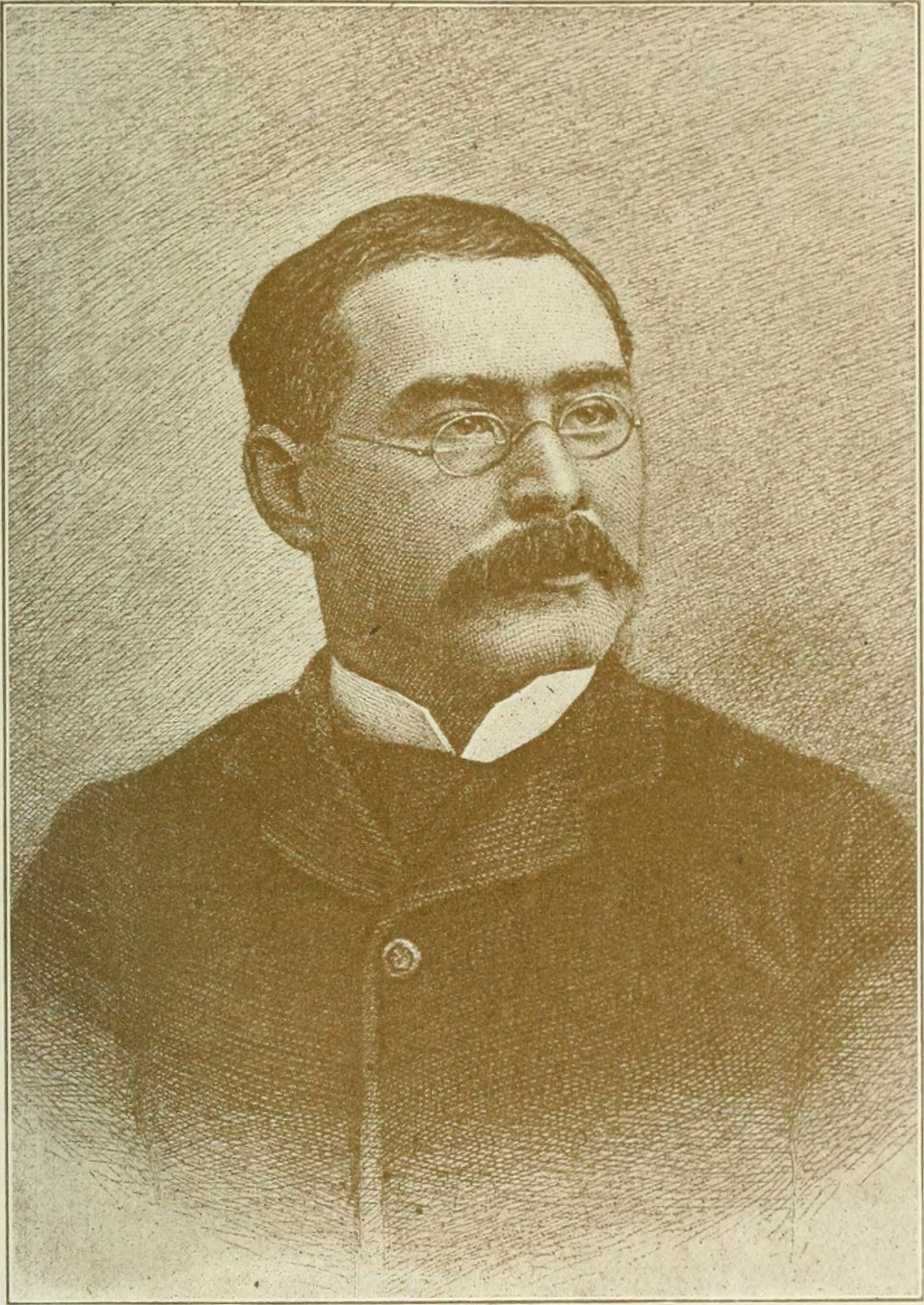
Political themes continued to be reflected in patients’ accounts. In 1877,[4] Mr. H, an Irishman living in Delhi, began saying that he had become a Duke, and that his pay had been stolen by the British Government and spent on buying oranges(!). He converted to Islam at the Jama Masjid, and took the name Ahmed Din. He said he was on the way to Kabul, as the Russians were expected to help the Muslims to overthrow the British. He exhorted the Muslims to unite, and get ready for the event, and meet the Russians in Peshawar. Across the road, in the garrison at the Red Fort, the British became very worried. Whether Mr. H had a deeper knowledge of the “Great Game” of Kipling, or a prescient vision of the Afghanistan and South Asian power games of the Europeans is unclear!
He was arrested, and declared “insane”. This caused much consternation, and furore in Delhi, because it was widely believed that he had been labeled insane for deciding to convert from Christianity to Islam, rather than the other way around.
There were protests in the areas around the Jama Masjid. The population of Delhi was thought to be “highly excitable,” as the events of 1857 had shown, and it was thought prudent to not keep him in the Delhi asylum. He was shifted to the Asylum at Colaba, Bombay (where there was a small Asylum for the British, en route to the Asylums in the UK) maintained by the East India Company. The authorities perhaps realized the political impact of certain ideas, even though the source of these ideas could be defined to be bereft of reason” (Madness and sanity at the time of Indian independence).
In another case study, an eight-year-old girl was brought to the asylum by a man who found her when he was ploughing his field, and believed her to be a wolf-child. Rudyard Kipling, then a young reporter in Delhi, might well have known this story and used it as the basis of The Jungle Book (read more)


Some sort of a Lunatic Asylum was in existence in Calcutta prior to 1787. The Proceedings of the Calcutta Medical Board of 3rd April, 1787, contain a memorial from Surgeon G. M. Kenderdine, in charge of the Insane Asylum. The same Proceedings, for 24th May, 1787, note that Mr. Kenderdine, in charge of the insane Europeans, died on 19th May. The Board recommended to the Government, in a letter dated 7th May, 1787, the foundation of a regular asylum, and nominated Assistant Surgeon Willam Dick to its charge. This was approved in a letter from the Government, dated 21st May, 1787, signed by Jonathan Duncan, Asst.Secy., Public Department. Dick was appointed on a salary of Rs.200 a month.
“The inmates of the Insane Hospital at this place are generally individuals taken from the lower classes of society, none of whom at any time enjoyed the luxuries and comforts usually possessed by better persons in the better ranks of life. To such individuals while under confinement all that are requisite by way of maintenance is that they should be treated with humanity and kindness due to their deplorable condition.”
Medical Board's observation regarding European inmates at the Government Insane Hospital for Europeans at Calcutta.
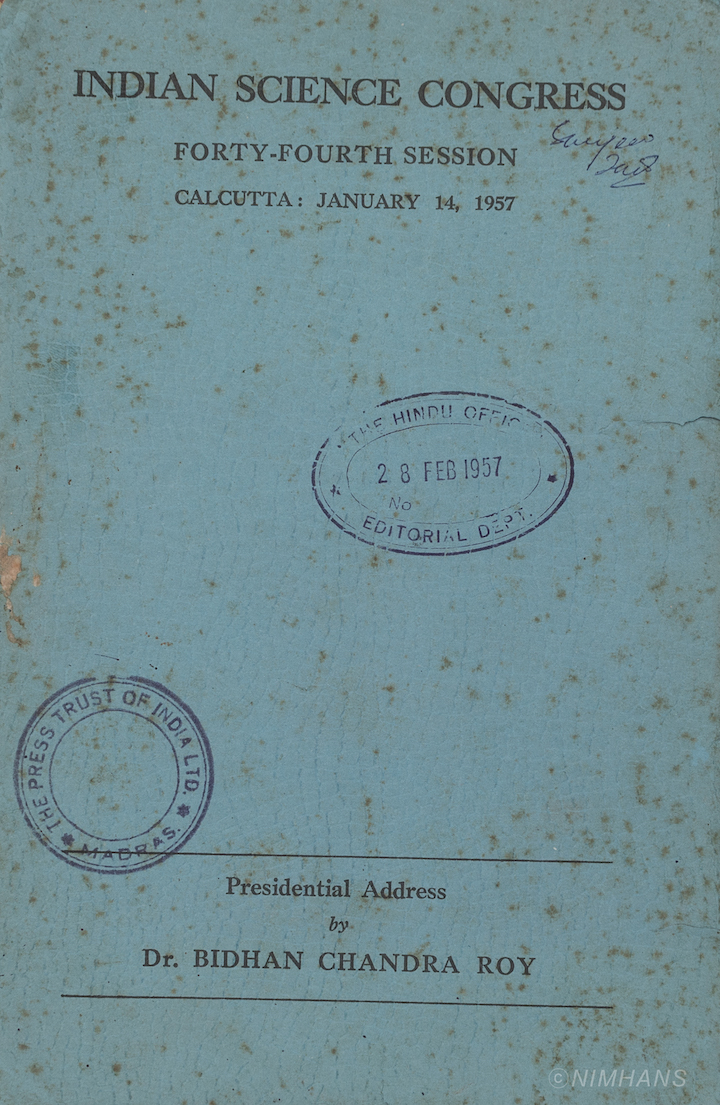
Recommendations were made in 1863 by the Principal Inspector General of the Medical Department to the Secretary of the Government of Bengal to transfer european patients back to Europe via the ship Hougoumont. The reasons stated are the cost of housing and the lack of space in the asylums in India. They also believed that their return may improve their mental health. The Hougoumont interestingly is a convict ship sailing from UK to Australia and picking up “insanes”' on the way back.
The following documents describe the specific cases of the patients John Scott, Richard Stavers, Eliza Moirs and Henry Roose recommended to be sent back to Europe.





These archival documents are displayed courtesy of the British Library, from the file IOR/L/PJ/3/1091 No 2.
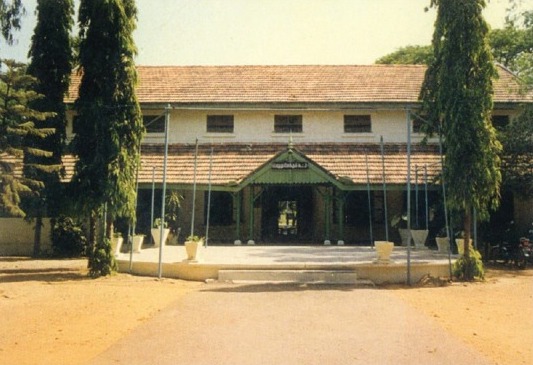
As early as 1795 the East India Company, the then administrative authority for Fort St. George and its surrounding area, appointed Surgeon Dr Valentine Connolly, who was the Secretary of the Hospital Board, to be in charge of a "house for accommodating persons of unsound mind". Subsequently, Surgeon Maurice Fitzgerald and later Dr John Goulde were put in charge, before they were eventually succeeded by Dr Dalton. Dr Dalton, who was in charge from 1807 to 1815, renovated the premises and the institution, with its 54 inmates locked inside, came to be called "Dalton's Mad House".
Although overcrowding led to the removal of four harmless inmates to a home a few miles away that was amalgamated with Monegar Choultry in Royapuram, they were soon transferred back to the old asylum in Kilpauk, which was expanded by renting two adjacent buildings.
By this time the Government had sanctioned in G.O. No. 20 (Judicial) dated 7th January, 1867, the construction of a lunatic asylum on a 66 1/2 acre site in Lococks Gardens, just outside the then municipal limits.
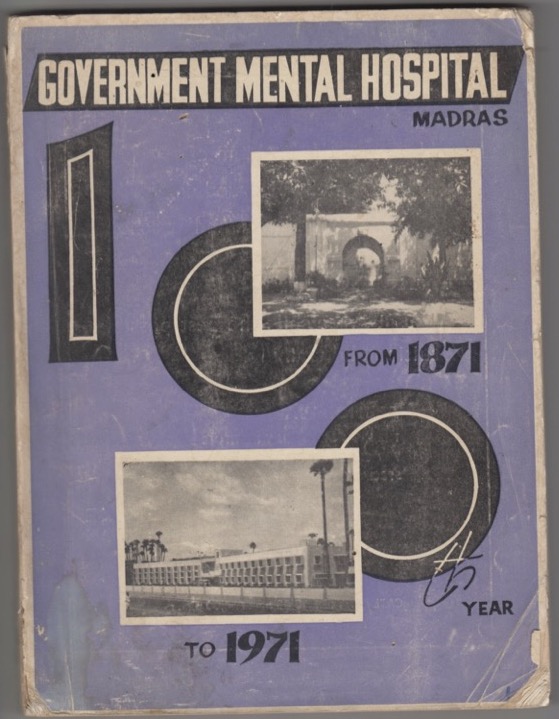
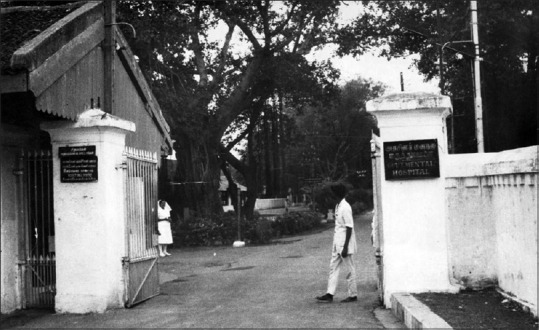
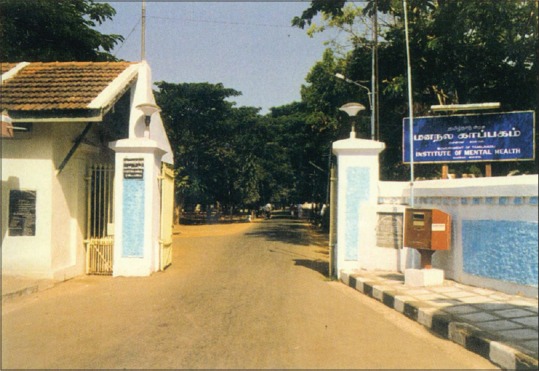
Two views of the entrance of the Mental Hospital taken more than half a century apart. Photographs courtesy of the Government Mental Hospital, Kilpauk.
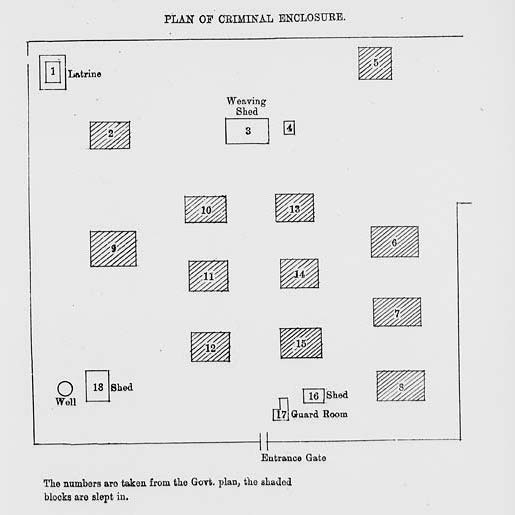
In 1954, before States Reorganization on linguistic lines, there were about 170 criminal patients. This part of the hospital was considered almost an annexe of the Central Prison, Madras, even though manned by the hospital staff. The patients did not have the privileges of their civilian counterparts. With a few exceptions, they were not allowed access to other parts of the hospital. It occupied almost a tenth of the hospital area, with a number of airy blocks, single rooms, and cultivable lands to grow good quality vegetables and fruits that were supplied to the hospital kitchen.
A number of sports such as football, ring tennis, and kabaddi and indoor games such as carrom and chess were encouraged.These patients were seen once a month by the hospital visitors, and there were two special “Criminal Committees” in the months of June and December, which included a senior representative of Inspector General of Prisons, mostly Superintendent of the Central Jail, Chennai. A patient found “Fit to stand trial” was sent for trial. Similarly, the prisoners serving the sentence were returned to the jail if they had recovered. It could be said that these patients received custodial care par excellence.


Occupational therapy in the form of weaving and book binding at the Government Mental Hospital Madras. Photographs courtesy of the Government Mental Hospital, Kilpauk.
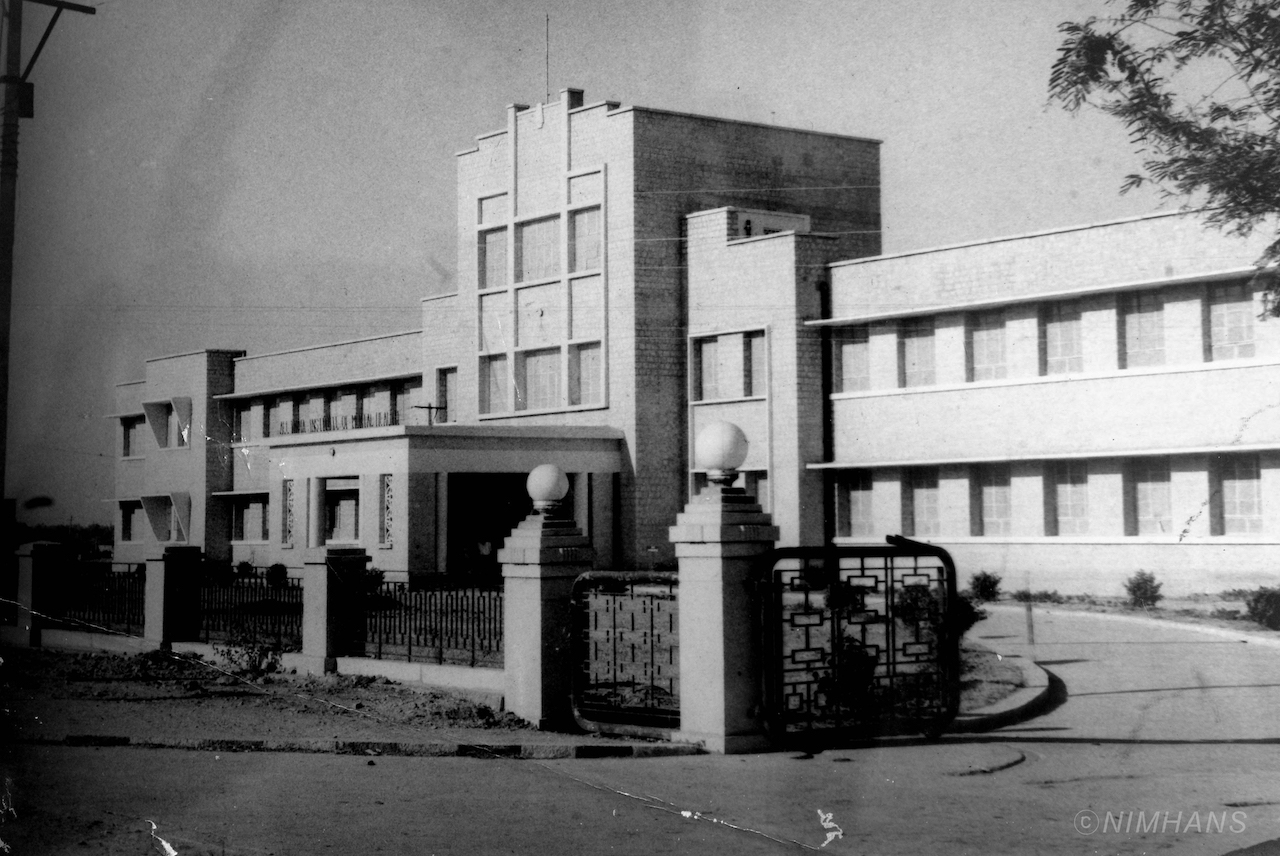
1838 - 1847
Bangalore Lunatic Asylum was founded. Dr. Charles Irwing Smith, a British medical practitioner in Bangalore, played a pivotal role in the establishment of the asylum.
1872
The building could accommodate only up to 260 patients, and soon began experiencing an overflow of people. A large number of paupers were being admitted—not for treatment but for shelter.
1914
The limit on the number of patients who could be housed was reached. Dr Noronha, requested to move the asylum from Mysore to Bangalore because of overcrowding. Approval came in 1920.
1925
The Bangalore asylum was renamed the Mysore Government Mental Hospital, an important step towards developing a medical approach to mental illness.
1936 - 1937
The second highest hillock in Bangalore was allotted for the Hospital, which was earlier housed in a building on Avenue Road, where the State Bank of Mysore head office stands today. Maharaja of Mysore, KrishnarajaWodeyar laid the foundation stone for constructing the hospital in May, 1936.
1945
Following the recommendations of the Mental Health Advisory Committee of the Indian Council for Medical Hygiene under Sir AL Mudaliar in 1945 and Bhore Committee in 1946, the Government of India sanctioned the establishment of the All India institute of Mental Health on 1st April 1954.
1954
On 6th August 1954, Rajkumari Amrit Kaur, the then Union Health Minister inaugurated the AIIMH and Dr. MV Govindaswamy was appointed as the Director on 15th September 1954.
1974
The Mental Hospital established by the Government of Mysore and the All India Institute of Mental Health established by the Government of India were amalgamated on 27th December 1974, resulting in the formation of the National Institute of Mental Health and Neuro Sciences (NIMHANS). Community Psychiatry Unit was also launched in the same year.
"In 1838, with the sanction of the Commissioner, I opened a ward for insane native patients (male) and the following year another for females. I had personally treated 30-40 patients of all castes and ages. The form of mania most common and the least amenable to treatment, was the (text unclear) and appeared the result of a previous and low inflammation state of brain and not infrequently combined with a partial paralysis... We seldom used personal restraint, the cold Douche was the favorite remedy...The disease was possibly the result of the abuse of stimulants in some form or other, either spirits, Bangh, excess of venery or exposure in the sun. I have met with several in instances in which the nervous (system) was fairly discharged."
From the Smith Diaries

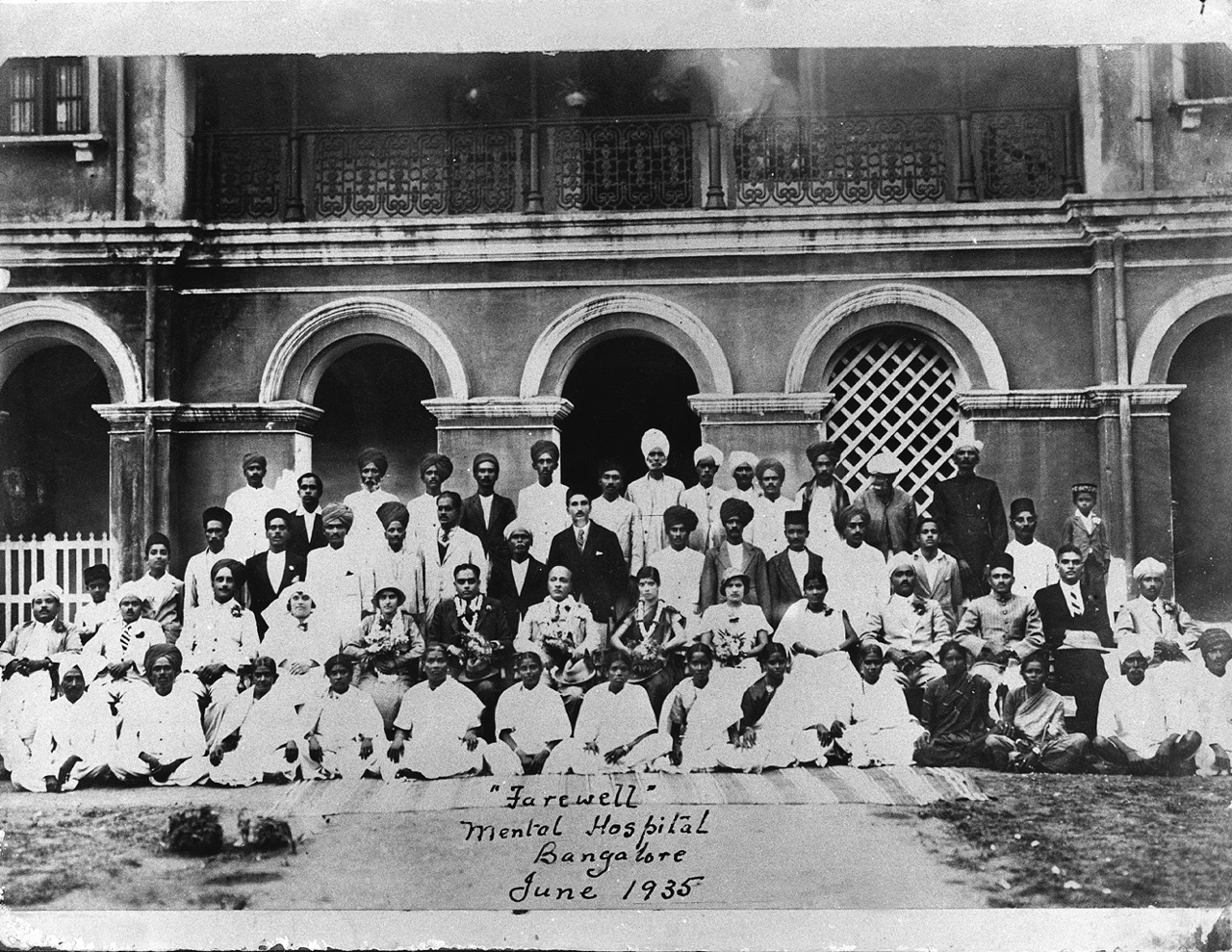
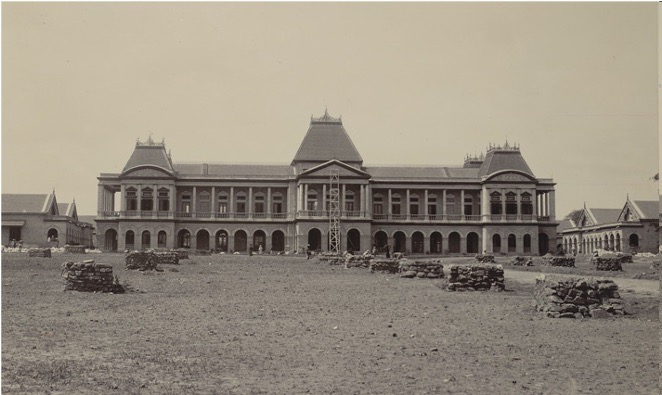
Dr. Frank Xavier Noronha became the first superintendent of the Mental Hospital. At this time, Sir Mirza Ismail held the coveted position of the Dewan of Mysore. This period was billed as the golden age of Mysore. Both Sir Ismail and Dr. Noronha were keen gardeners and avid horticulturists. Their common passion for well-designed public spaces led to the formation of a new structure for the Mental Hospital encompassing vibrant gardens replete with lush landscapes and open spaces. The duo personally planted many of the exotic tree species that can still be seen on the campus.
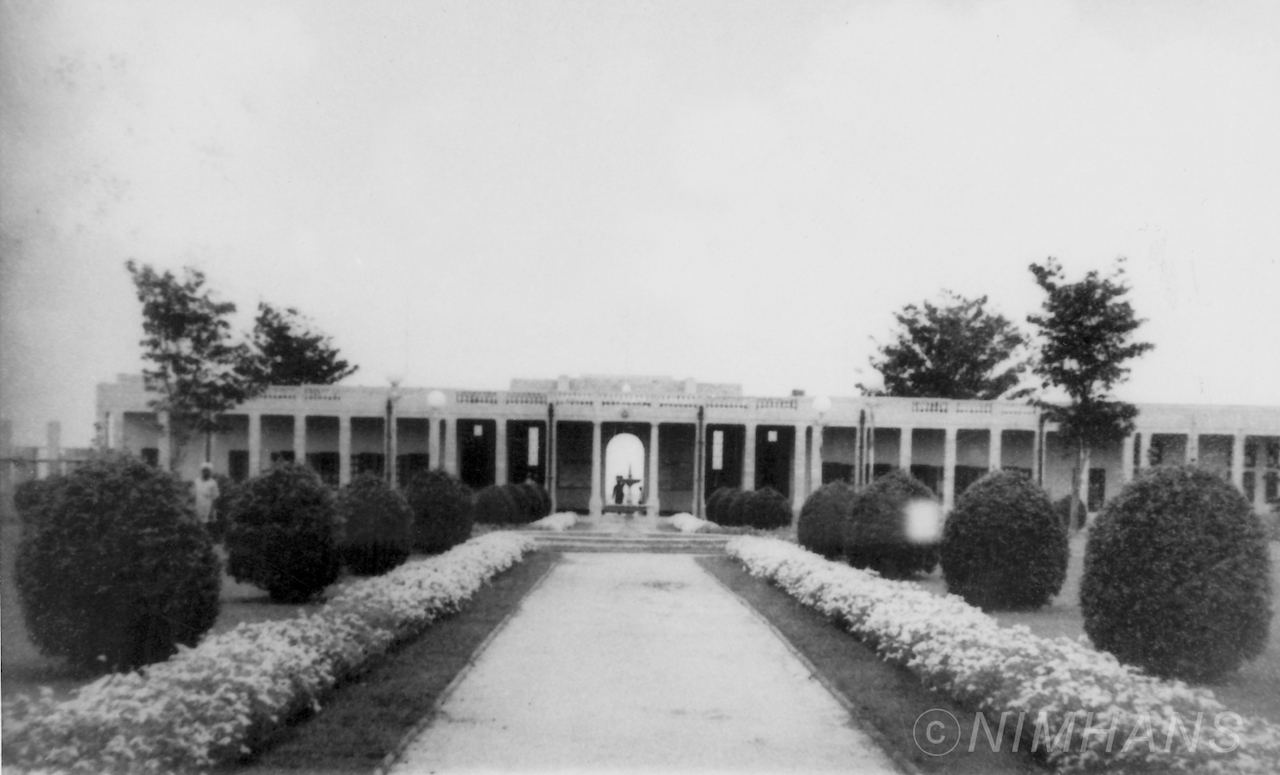


The lawns of the Mysore Government Mental Hospital. Photographs courtesy of the NIMHANS archives.
In 1942, the first lobotomy surgery [in India] was conducted. The frontal lobe was cut to ensure smooth intellectual functioning. It was conducted by Dr M V Govindaswamy and Dr B N Balakrishna in AIIMH. “Patients who were violent are subdued, the bellicose are more modest,” said the two doctors in the Indian Medical Gazette, 1944.
Govindaswamy, M.V.; Balakrishna Rao, B.N. (1944). BILATERAL PREFRONTAL LEUCOTOMY IN INDIAN PATIENTS. , 243(6293), 466–468. doi:10.1016/S0140-6736(00)58532-8
In their Lancet article on the 25 lobotomies conducted, Govindaswamy and Balakrishna Rao characterized most of the patients as schizophrenic.
“Of the 25 cases treated, 7 recovered, 6 improved, 10 showed no change and 2 deteriorated. A few repre- sentative case-histories are given.
1. A farmer, aged 27, average intelligence, pyknic build, noisy, violent, destructive, with auditory hallucinations. Primarily an affective disorder with secondary schizoid symptoms. Leptazol shock tried without benefit. Had been ill for 7 years. Operation, Sept. 21, 1942. Recovered. Still’ well a year later.
2. A day labourer, aged 30, average intelligence, asthenic build, violent, boisterous and destructive with offensive habits, auditory and visual hallucinations and disconnexions. Ammonium chloride and leptazol tried without benefit. Paranoid schizophrenic, 6 years’ history. Operation, Sept. 23, 1942. A year later had become easily manageable, not violent ; but delusions and disconnexions persist.
3. A compounder, aged 34, superior intelligenee, asthenic build, violent, boisterous with disconnexions, automatisms, offensive habits, hallucinations, delusions and disconnexions_ with considerable deterioration and vagrancy. Shock therapy of no value; 7 years’ duration. Operation, Oct. 12, 1942 ; 10 months later, no improvement.
4. High-school student, aged 24, average intelligence, asthenic and violent; dirty in habits, with delusions of persecution, visual and auditory hallucinations, disconnexions. Paranoid schizophrenic. Ammonium chloride, .insulin and leptazol tried without benefit.. History of homicidal assaults. Three years’ duration. Operation, March 25, 1943 ; 6 months later, consciousness clear, well orientated but has become dull and depressed ; has lost all initiative and fleeting delusions are noticed after persistent questioning ; general deterioration of intelligence.
5. A woman of 25, superior intelligence, pyknic build, morbid preoccupations, violent, meaningless excitement, offensive habits, catatonic episodes ; leptazol and insulin tried without benefit. Catatonic schizophrenia, 3 years’ duration. Operated on March 26, 1943. Spectacular recovery from the third day after operation. Six months after operation, looking after her children and efficiently managing a difficult household.
6. A woman, aged 30, average intelligence, poor heredity, mother and one brother maric-depressives, asthenic build, classical signs of deterioration, previous treatment of no avail. Six years’ duration. Operation, March 26, 1943 ; no improvement of any kind.
7. A woman of about 30, short heavy build, average intelligence, poor heredity, father manic-depressive, mother backward. The present attack is the third acute schizophrenic episode, all attacks being associated with childbirth. Recovered from the previous two attacks, with some residual deterioration, after routine treatment and leptazol convulsions. Fallopian tubes resected and ligated 2 years ago. Duration of the third attack, 3 years. Prefrontal leucotomy on May. 23, 1943 ; no improvement of any kind, continues to be dull and depressed, with offensive habits and with spells of meaningless excitement”
Conclusion: “From our experience, we only venture to say that leucotomy is a beneficial therapeutic procedure and worth trial in patients in whom the usual methods of shock therapy have failed. With increasing experience, the theoretical basis, of leucotomy will naturally be better understood.”
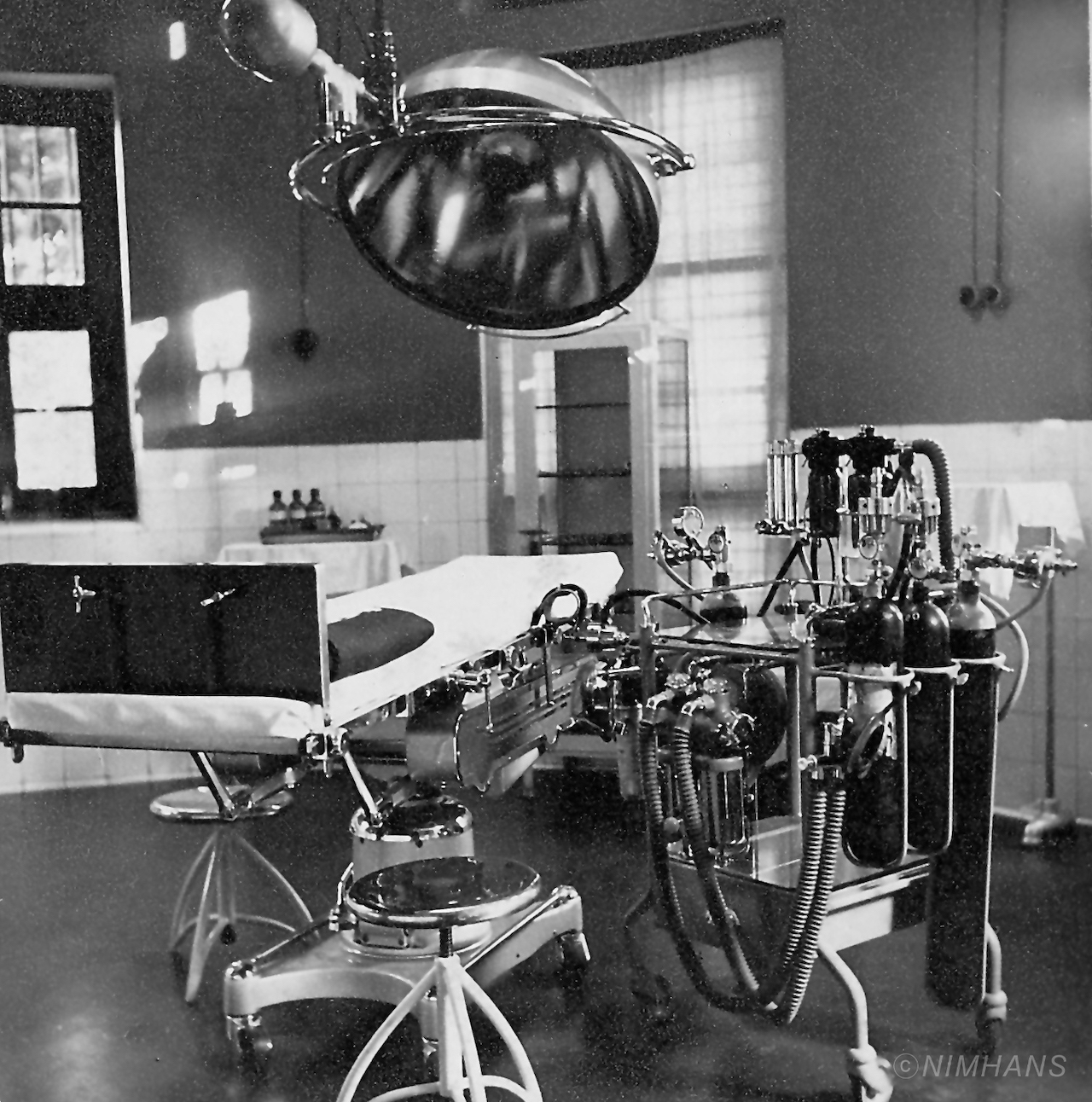
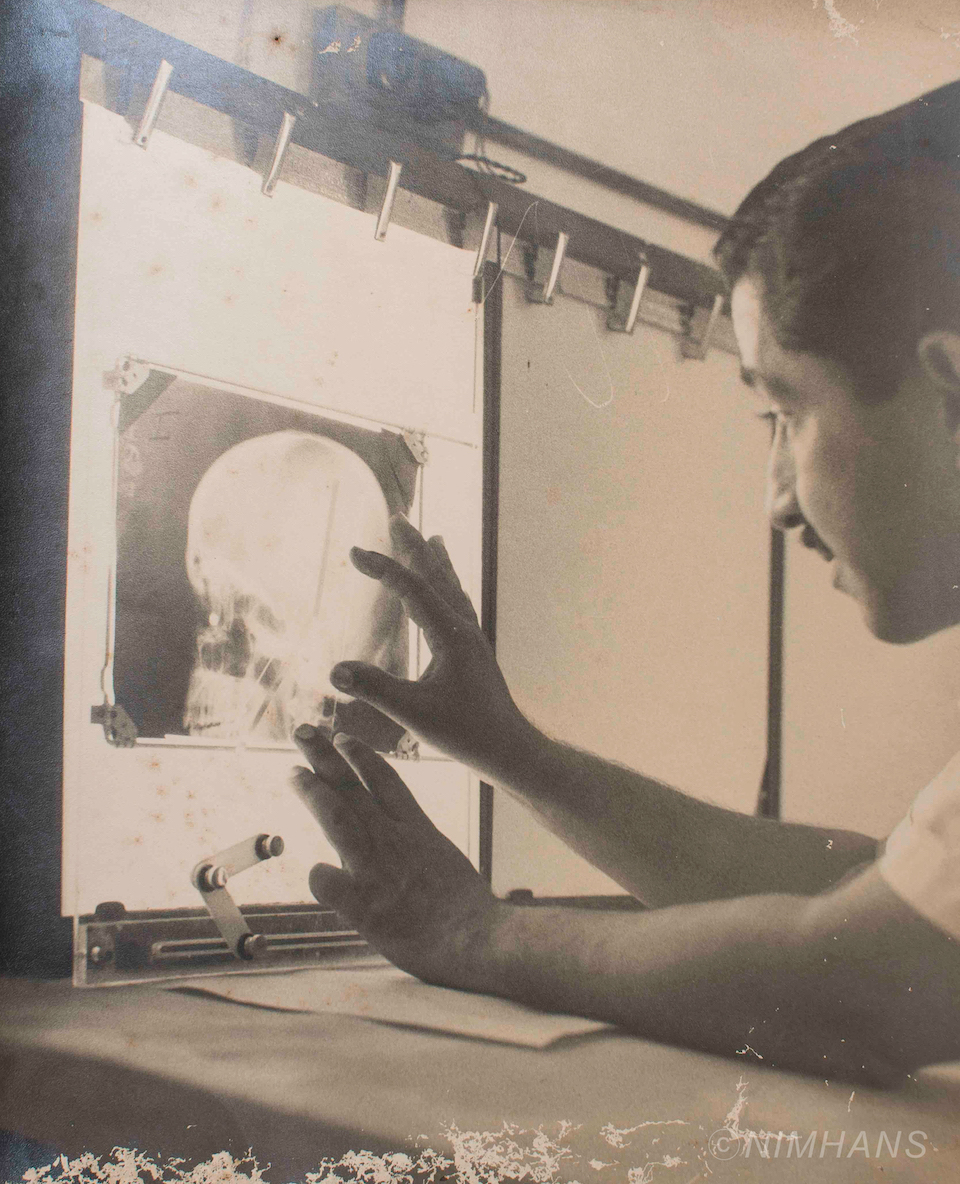

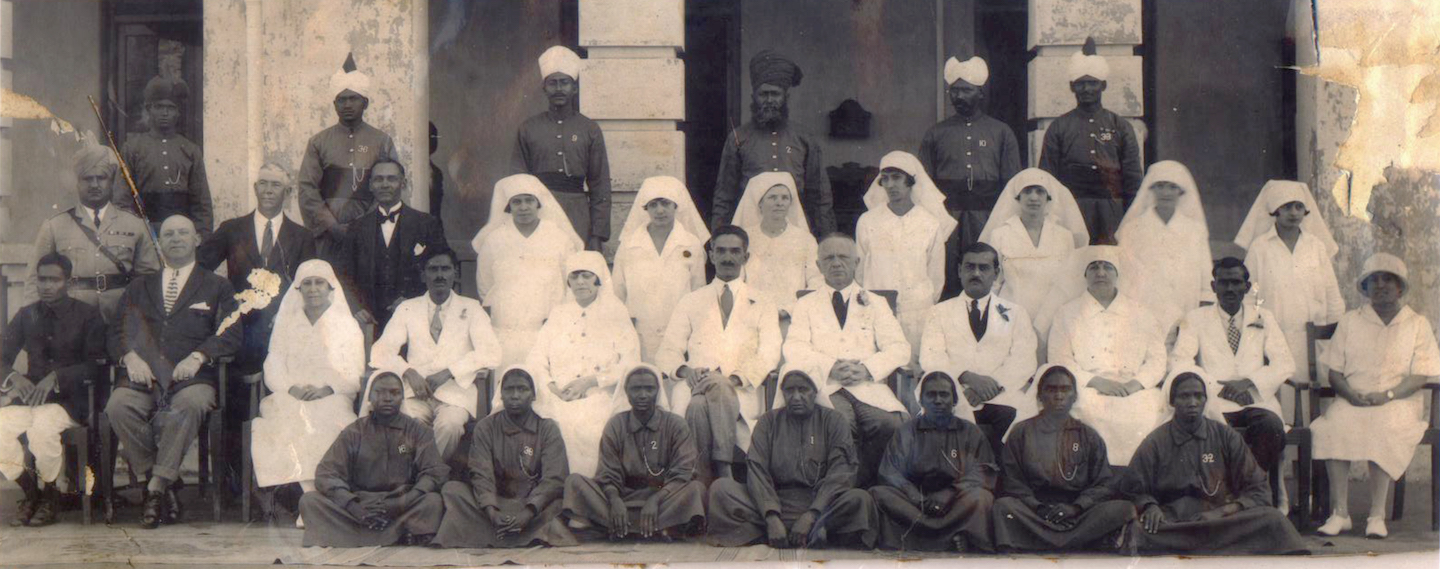
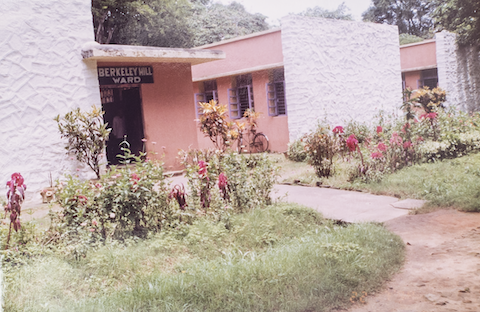

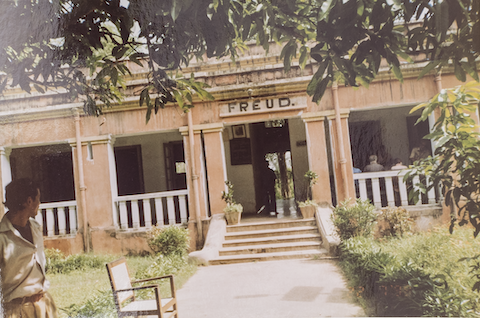
The Berkeley-Hill Ward, Bleuler Ward and the Freud Ward at the Central Institute of Psychiatry, Ranchi. Photographs provided by the NIMHANS Archives.
The city of Ranchi, in the eastern part India, in the 1930's, was blessed with a salubrious climate and had the unique distinction of having not one but two rather large mental hospitals almost facing each other. The hospital for Europeans, administered by the Imperial Government, was run by Lt. Colonel Owen Berkeley-Hill, and the Indian mental hospital, administered by the Bengal Presidency, by MajorJal Dhunjibhoy, a Parsi from Bombay.
Both men are fascinating, being prolific writers, widely travelled, and strongly opinionated. Their lives and works give us many insights into the worlds of the two mental hospitals at this time in Ranchi. Both hospitals continue in different avatars today: The European Mental Hospital has become the Central Institute of Psychiatry (CIP) and the Indian Mental Hospital is now known as the Ranchi Institute of Neuro-Psychiatry and Allied Sciences (RINPAS).
"In the mental disorder, it is the patient himself who is being treated and not so much other parts of the body, and that is why the personal factor is so important.
It is essential to try and see the world as the patient sees it, to accept for the time being the reality of his abnormal experiences and to stand alongside him in his difficulties."
Major JE Dhunjibhoy,
Annual report, 1934
One of the first Indians in the Indian Medical Service, Dhunjibhoy had trained at Bombay Medical College, and was a Fellow at the College of Physicians and Surgeons (FCPS). On appointment to the Indian Medical Service, he had initially been posted to Berhampore Mental Hospital,and was appointed the first Superintendent of the newly-built institution at Kanke in Ranchi. Dhunjibhoy was also the first president at the Indian Psychiatric Society in 1947, but decided to stay in Karachi after Independence.
"I must say one thing. Young as l was, I realised that my father was very innovative and tried to make life bearable for the patients. He installed a cinema,had sports days, saw that the patients had occupational therapy and even work to alleviate the boredom. He introduced many new scientific ideas and was one of the first to try electro shocks (horrible). I think he loved the hospital even more than his family."
Roshan Dhunjibhoy (personal communication)
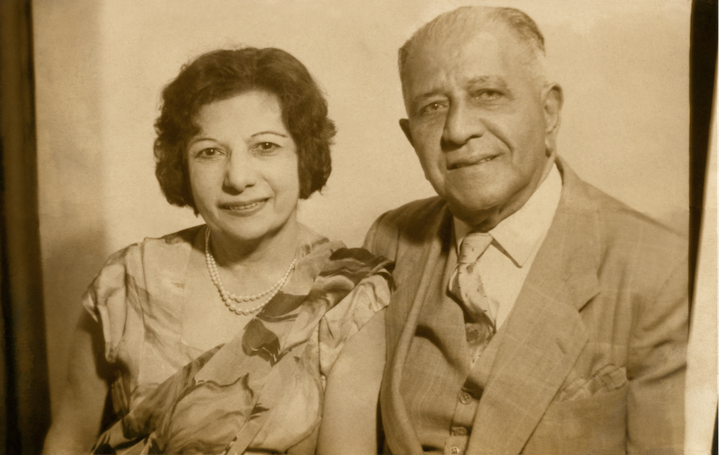

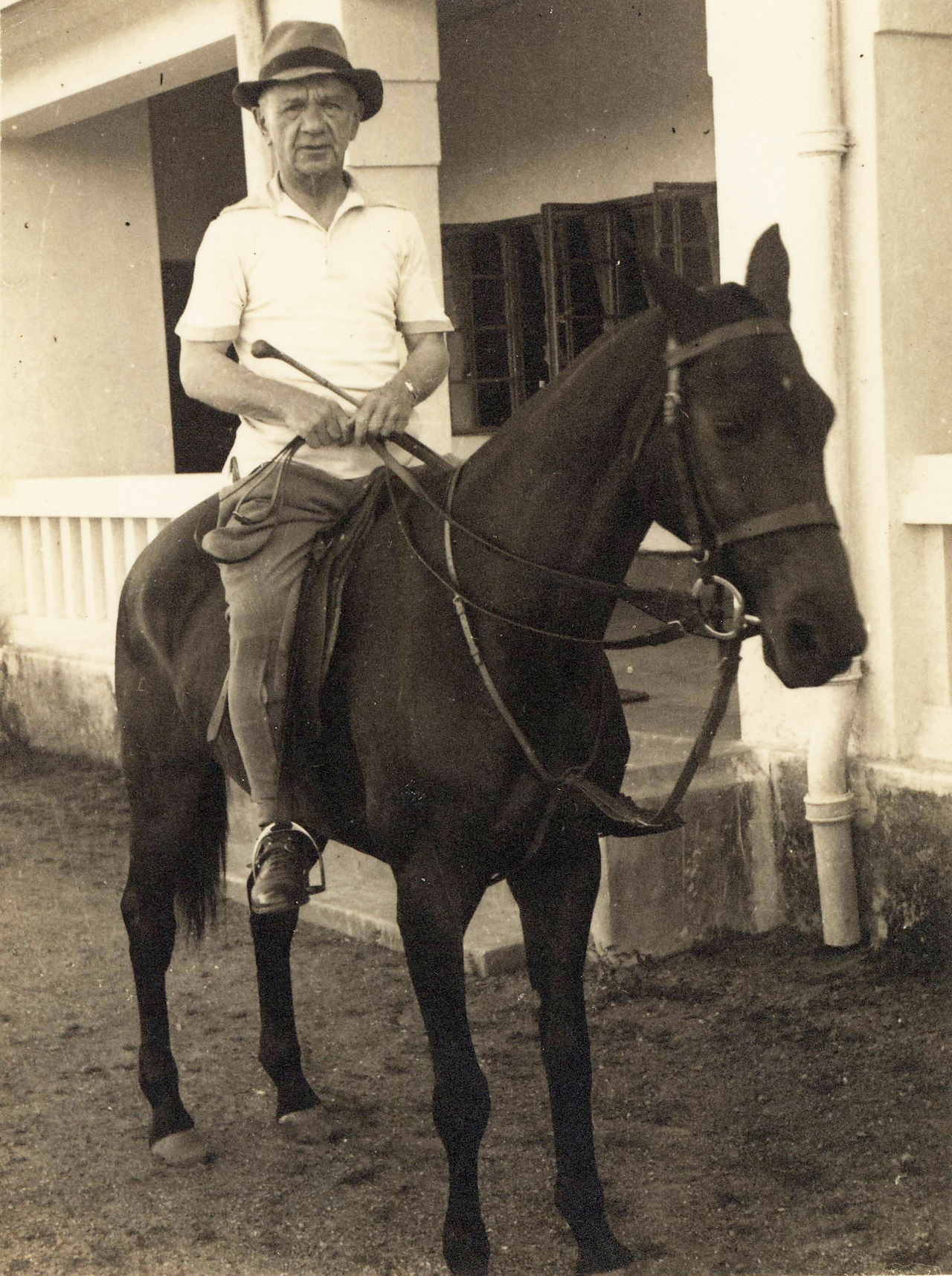
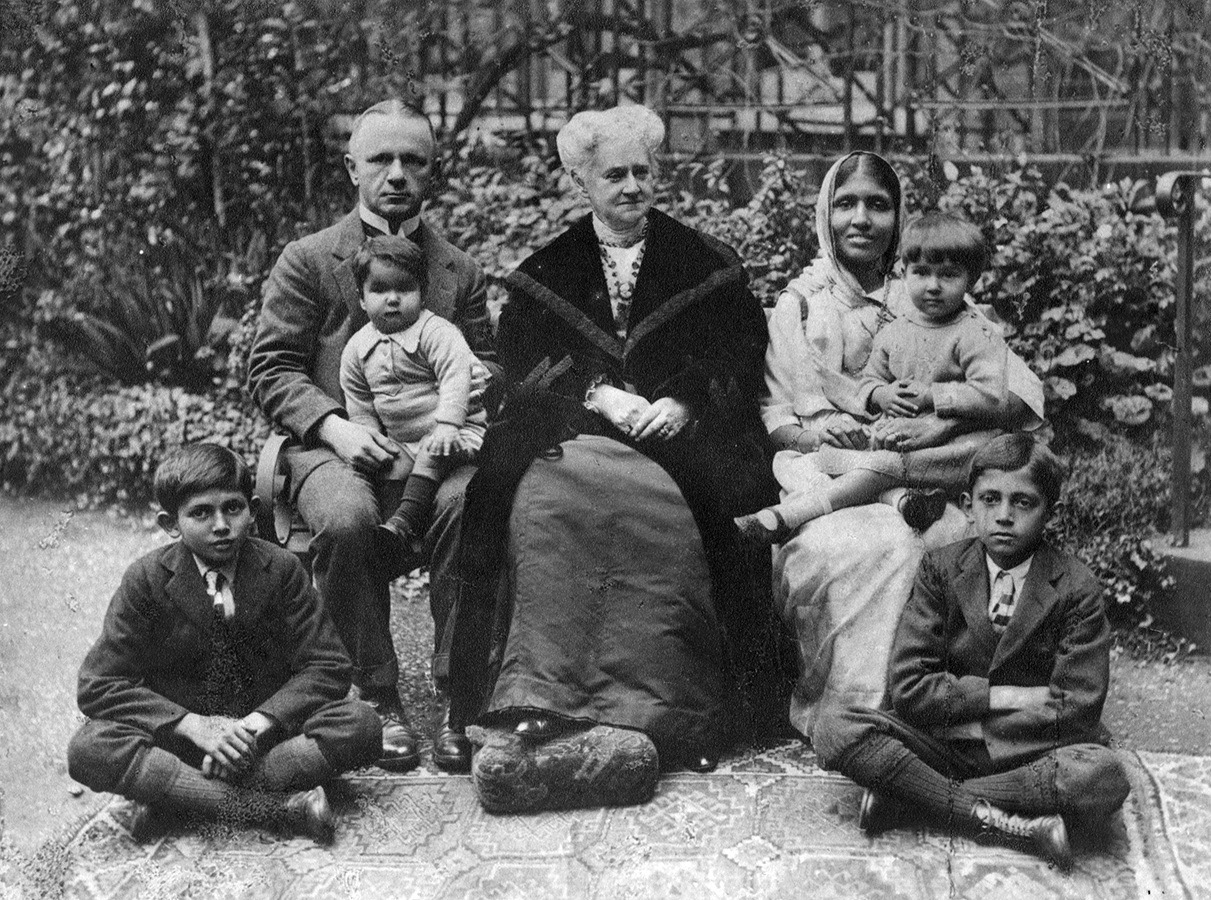
"One cannot know too much about a mental patient, his past as well as his present needs close study. It is only by an intensive study on one’s patients that one can avoid errors in dealing with them."
Owen Berkeley-Hill
All Too Human (An autobiography)
Lt. Colonel Owen Berkeley Hill, Superintendent of the European mental Hospital in Ranchi came from a long line of distinguished educationists from Britain. He was a prolific writer who had strong opinions on everything ranging from constipation to the role of the saree, and was not reluctant to voice any of them.
Berkeley-Hill was extremely detailed in writing both of records, academic materials and musings. He married Karimbil Kunhimanny from the city of Cannanore from coastal Kerala.
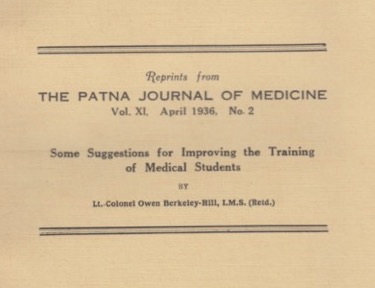
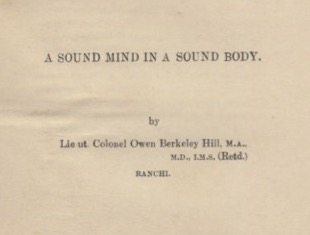

Publications by Lt.Colonel Owen Berkeley-Hill. Photographs courtesy of Owen Berkeley-Hill.
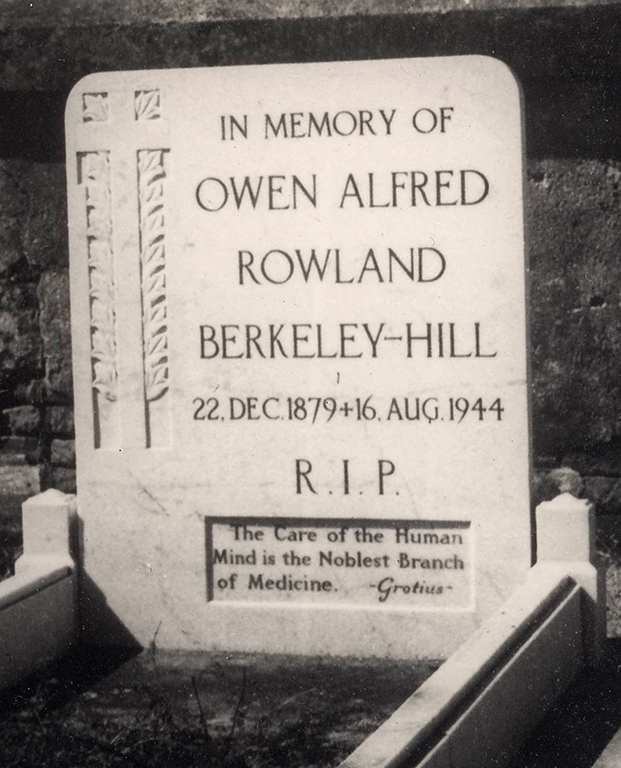
“The miserable bear-garden I had taken charge of in October 199, had become the finest mental hospital in Asia, and a great deal finer than many mental hospitals in Europe.”
Owen Berkeley-Hill
All Too Human (An autobiography)
Spread over 210 acres, the European Mental Hospital became the Inter-Provincial Mental Hospital in 1948 and then the Hospital for Mental Diseases in 1952. In 1977, the administration was taken over by the Government of India and it became the Central Institute of Psychiatry (CIP) as it remains today.
Berkeley-Hill retired in 1834 and moved to Tatsilvai, on the outskirts of Ranchi. He was assaulted during the Quit India Movement for being British, but did not leave. He passed away after a illness in 1944.
